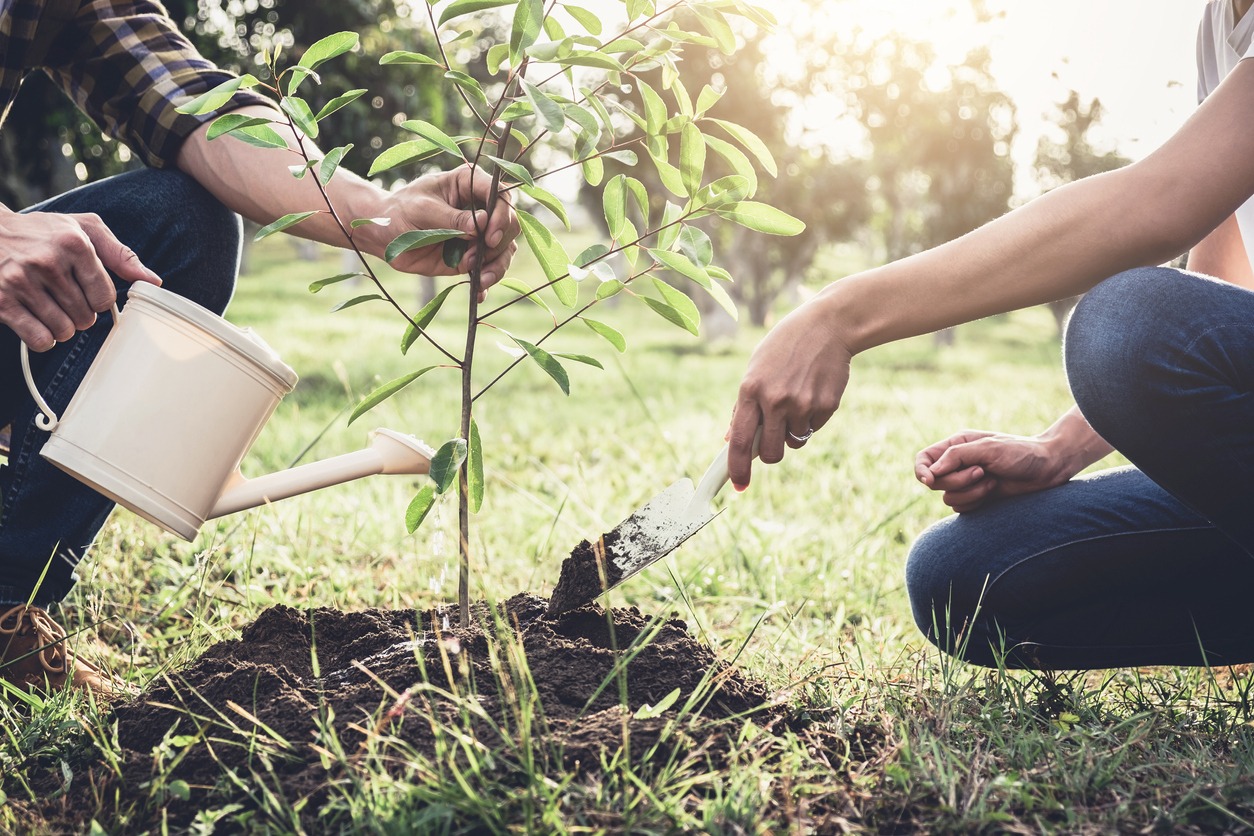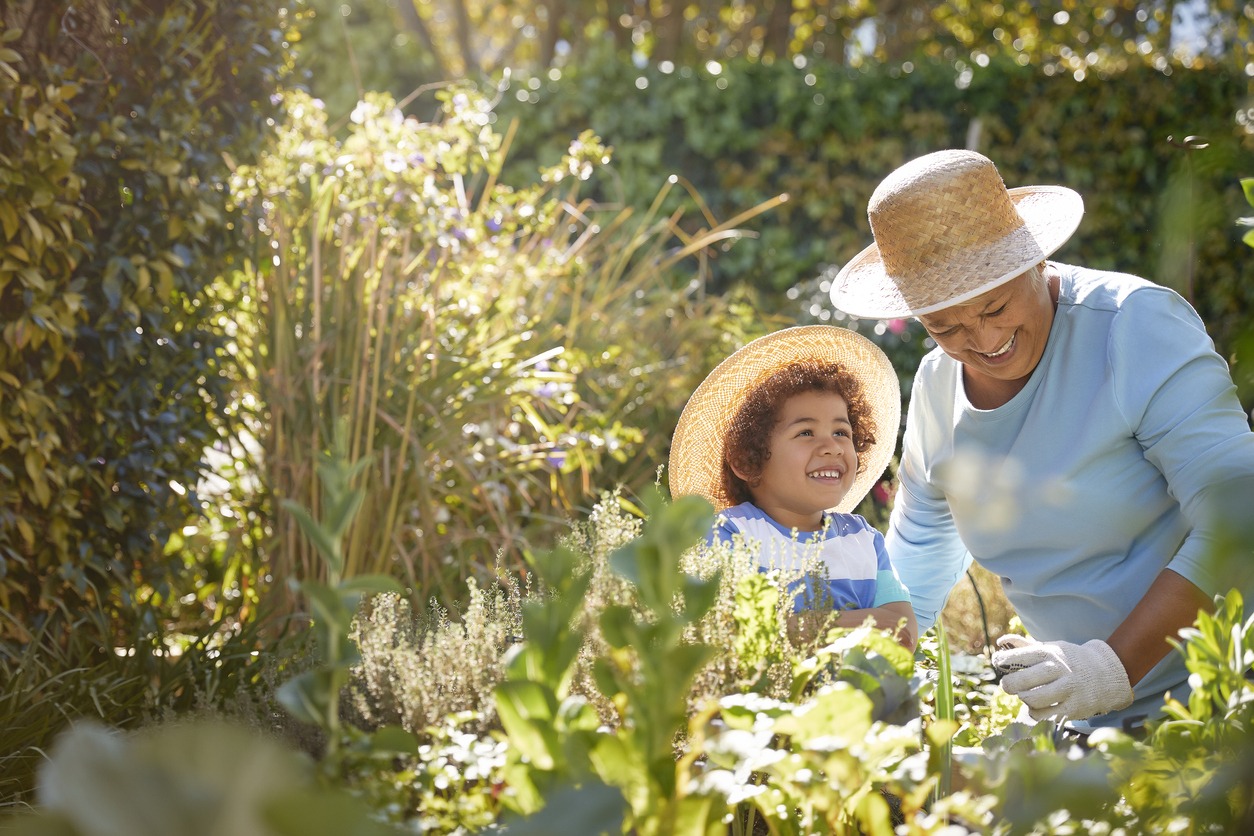As sustainability and eco-friendliness become increasingly important to consumers, many gardeners are looking for ways to make their yards and gardens more environmentally responsible. Cultivating an eco-friendly and sustainable garden is not only good for the planet, but it can also save money and create a healthier outdoor environment. However, many gardeners are unsure of where to begin. In this blog post, we will provide tips and advice on how to cultivate an eco-friendly and sustainable garden.
Whether you are an experienced gardener or just starting out, this post will provide valuable insights into how to create a sustainable garden that can thrive for years to come.

Reduce Your Water Usage
Reducing water usage in your garden is a crucial step towards cultivating an eco-friendly and sustainable space. To achieve this, you can start by choosing drought-resistant plants and group them based on their water needs. Installing a drip irrigation system is also an effective way to reduce water wastage, as it delivers water directly to the roots of the plants.
A rain barrel is a simple yet effective way to conserve water and reduce your environmental footprint. By collecting rainwater, you can reduce your reliance on municipal water sources and lower your water bills. Rainwater is also free from chlorine and other chemicals, making it ideal for watering plants and gardens. Installing a rain barrel is a fairly easy process, and there are a variety of options available to suit your needs and budget.
Regularly monitoring and adjusting the watering schedule based on weather conditions and plant needs can also help to reduce water usage. Watering plants at the right time of day is a crucial aspect of proper plant care.
In general, it’s best to water plants early in the morning or late in the evening when temperatures are cooler and the sun is less intense. This helps to prevent water from evaporating too quickly and ensures that plants have enough time to absorb the water they need.
Use Organic Methods
One of the most important tips for achieving a sustainable garden is to use organic methods. This means avoiding the use of synthetic fertilizers, pesticides, and herbicides. Instead, opt for natural alternatives such as compost, manure, and other organic matter to enrich the soil and promote healthy plant growth.
Consider companion planting, crop rotation, and other sustainable practices to minimize pest and disease problems.

Compost kitchen scraps and yard waste
Composting allows for a natural and nutrient-rich soil amendment, reducing the need for synthetic fertilizers and decreasing greenhouse gas emissions. Start by collecting kitchen scraps such as fruit and vegetable peels, coffee grounds, and eggshells, and combine them with yard waste such as grass clippings, leaves, and small branches. Make sure to maintain a proper balance of brown and green materials, keep the pile moist, and turn it regularly to encourage decomposition.
By composting, you’ll not only create a healthier garden but also play a crucial role in reducing organic waste and its environmental impact.
Use Native Fertilizers
Using natural fertilizers is an essential aspect of sustainable agriculture. Unlike chemical fertilizers, natural fertilizers are derived from organic matter such as animal manure, compost, and crop residues. These fertilizers contain essential nutrients like nitrogen, phosphorus, and potassium in a form that is easily absorbed by the plants.
Natural fertilizers also improve soil structure, increase soil fertility, and promote beneficial microbial activity in the soil. Unlike chemical fertilizers, natural fertilizers do not leach into the groundwater and cause pollution.
Choose Native Plants
Native plants are adapted to the local climate and soil, which means they require less maintenance and water. In addition, native plants are less likely to become invasive and take over other areas of the garden.
Native plants have co-evolved with local fauna, allowing them to provide the necessary resources for the survival of various species. These plants provide a range of food sources and shelter, including nectar, pollen, fruits, seeds, and foliage. The presence of native plants attracts a wide variety of insects, birds, and mammals, creating a diverse and vibrant community of wildlife.
When selecting native plants, it’s important to consider factors such as sun exposure, soil type, and moisture levels. By incorporating native plants into your garden, you can create a beautiful and sustainable space that benefits both the environment and your local ecosystem.
Use Mulch
Mulch is a valuable tool for maintaining a healthy garden. By spreading a layer of organic material over the soil, a gardener can retain moisture, suppress weed growth and protect plants from temperature fluctuations. Mulch can be made from a variety of materials including leaves, wood chips, straw or grass clippings.
The addition of mulch can reduce the need for frequent watering and weeding, which can save time and money in the long run. Furthermore, as the mulch breaks down, it releases valuable nutrients back into the soil, promoting healthy plant growth.
Plant in Groups
Planting in groups is an effective way to reduce evaporation and create microclimates. Grouping plants together creates a natural barrier that reduces wind exposure and minimizes water loss through evaporation. The shade created by the plants also helps to keep the soil moist, further reducing water loss. Additionally, grouping plants of different heights and textures creates a diverse microclimate that can support a range of flora and fauna.

Use Renewable Resources for Garden Structures
Incorporating renewable resources into garden structures is a responsible and sustainable approach to gardening. Bamboo, for instance, is an excellent choice for trellises, arbors, and other structures due to its durability, strength, and sustainability. It is a fast-growing plant that requires minimal maintenance, making it a practical and eco-friendly option.
Similarly, using recycled materials like salvaged wood, old tires, and discarded plastics can create unique and useful garden structures while reducing waste and saving resources.
Practice Conservation
By conserving resources such as water, energy and soil, you can significantly reduce your environmental impact while also promoting healthy and productive plant growth. This can be achieved through various techniques such as installing a rainwater harvesting system, composting, rotating crops, and using natural and organic fertilizers.
In addition, choosing native plants that are adapted to your local climate and soil conditions can help reduce water usage and promote biodiversity.

